Editor Aimé Maeght Publisher Aimé Maeght | Categories Art magazine Founder Aimé Maeght | |
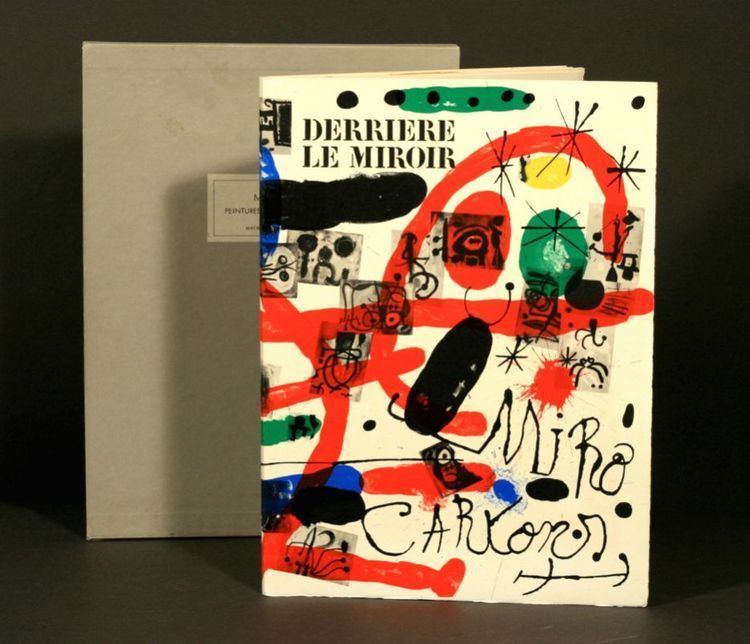 | ||
Frequency Variable (4 to 7 issues per year) Year founded 1946; 71 years ago (1946) | ||
Alexandre lacaze alice derri re le miroir poplacara la mercer a
Derrière le Miroir is a French art magazine created in 1946 and published until 1982. Art galleries, auction houses and booksellers often refer to this art magazine simply as D.L.M. or DLM.
Contents
- Alexandre lacaze alice derri re le miroir poplacara la mercer a
- History
- Numbering system and identification
- Year 19461947 n1 n6
- Year 1948 n7 n1415
- Year 1949 n16 n24
- Year 1950 n2526 n34
- Year 1951 n35 n42
- Year 1952 n43 n51
- Year 1953 n52 n6061
- Year 1954 n6263 n7172
- Year 1955 n73 n79 80 81
- Year 1956 n82 83 84 n9293
- Year 1957 n9495 n101 102 103
- Year 1958 n104 n111
- Year 1959 n112 n117
- Year 1960 n118 n121122
- Year 1961 n123 n130
- Year 1962 n131 n135136
- Year 1963 n137 n141
- Year 1964 n142 n149
- Year 1965 n150 n155
- Year 1966 n156 n162
- Year 1967 n163 n169
- Year 1968 n170 n175
- Year 1969 n176 n182
- Year 1970 n183 n189
- Year 1971 n190 n195
- Year 1972 n196 n200
- Year 1973 n201 n206
- Year 1974 n207 n211
- Year 1975 n212 n216
- Year 1976 n217 n221
- Year 1977 n222 n226
- Year 1978 n227 n231
- Year 1979 n232 n236
- Year 1980 n237 n242
- Year 1981 n243 n249
- Year 1982 n250 n253
- Deluxe editions
- References
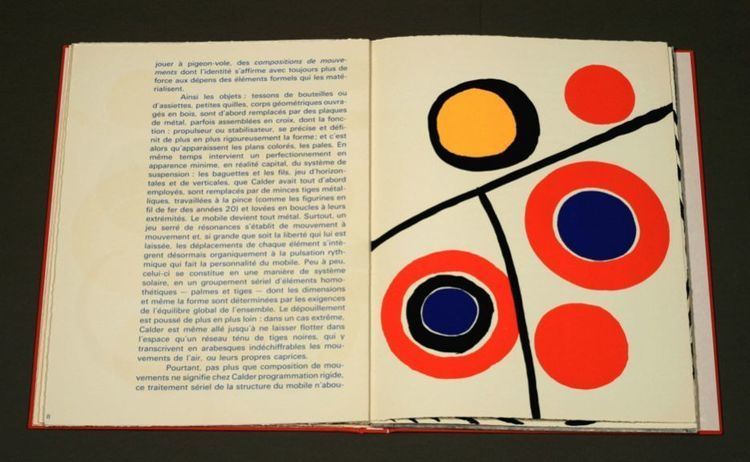
Aimé Maeght is the founder, editor and publisher.
History
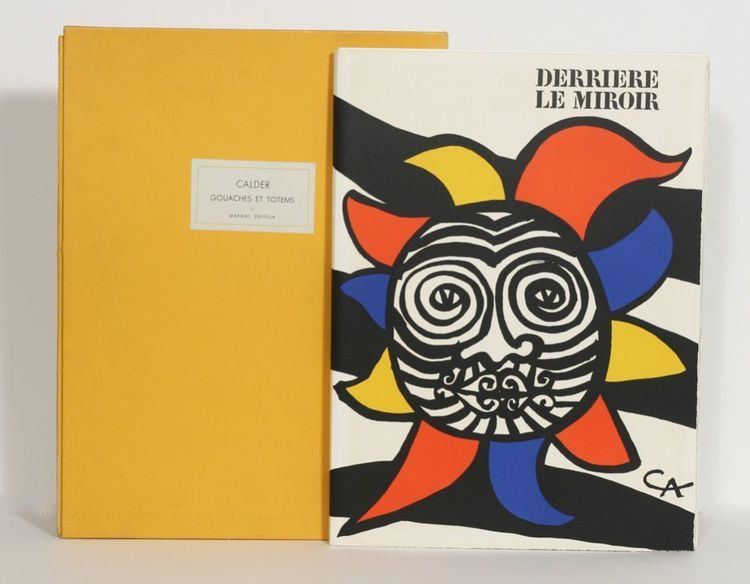
In October 1945 the French art dealer Aimé Maeght opens his art gallery at 13 Rue de Téhéran in Paris. His beginning coincides with the end of Second World War and the return of a number of exiled artists back to France.
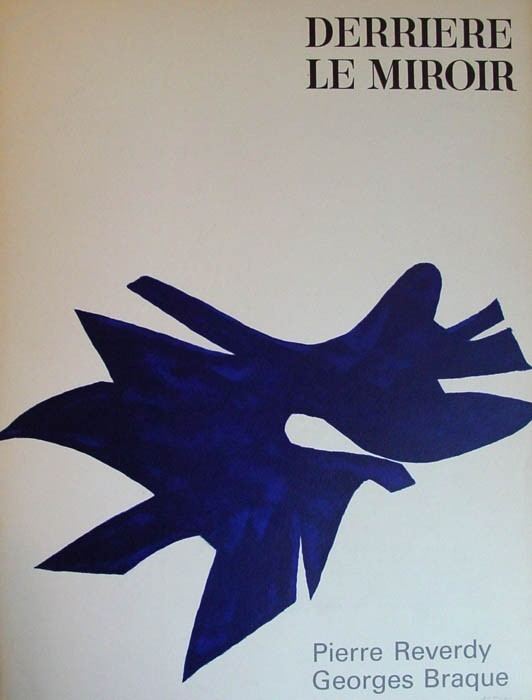
The magazine was created in October 1946 (n°1) and published without interruption until 1982 (n°253). Its original articles and illustrations (mainly original color lithographs by the gallery artists) were famous at the time.
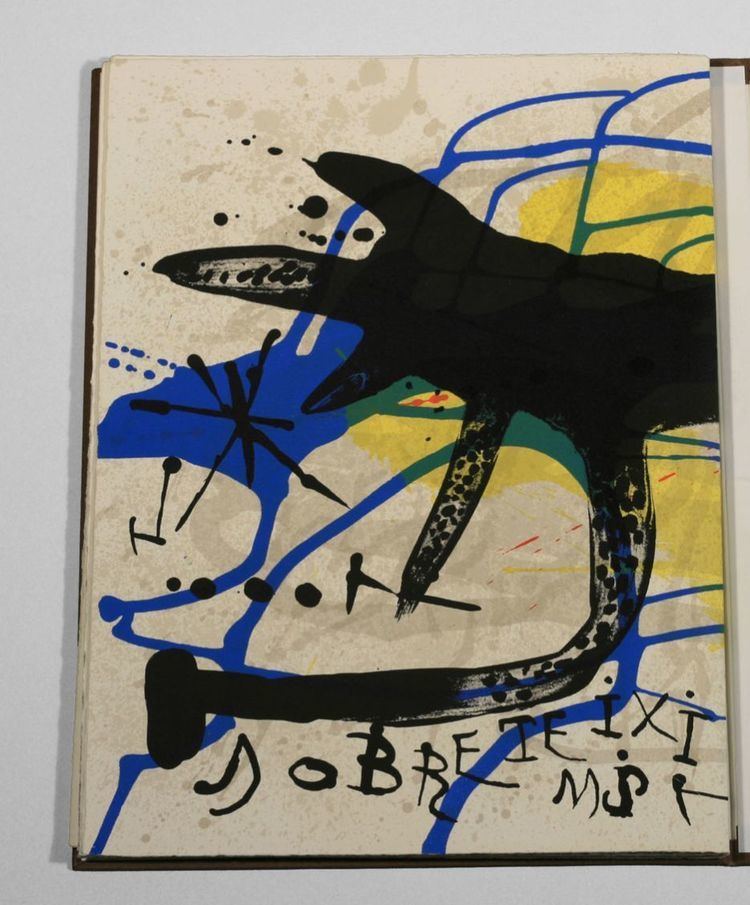
The magazine covered only the artists exhibited by Maeght gallery either through personal or group exhibitions. Among them are (in alphabetical order): Henri-Georges Adam, Pierre Alechinsky, Bacon, Jean Bazaine, Georges Braque, Pol Bury, Alexander Calder, Marc Chagall, Roger Chastel, Eduardo Chillida, Alberto Giacometti, Vassily Kandinsky, Ellsworth Kelly, Fernand Léger, Lindner, Henri Matisse, Joan Miró, Jacques Monory, Pablo Palazuelo, Paul Rebeyrolle, Jean-Paul Riopelle, Saul Steinberg, Pierre Tal-Coat, Antoni Tapies, Raoul Ubac, Bram van Velde.
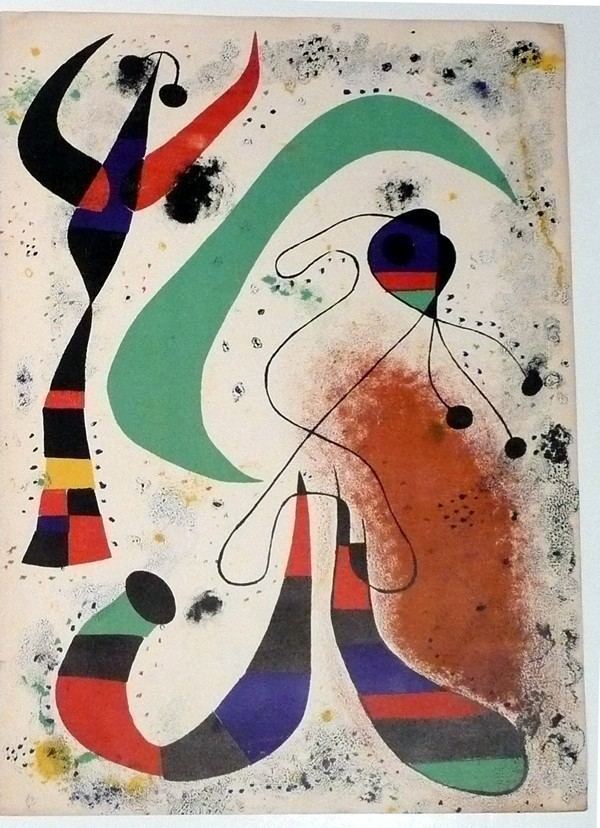
Among the authors publishing essays and poems are (in alphabetical order): Guillaume Apollinaire, Marcel Arland, André Balthazar, Yves Bonnefoy, André du Bouchet, André Breton, Joan Brossa, Jean Cassou, René Char, Pierre Descargues, Jacques Dupin, Georges Duthuit, Frank Elgar, Claude Esteban, Charles Estienne, André Frénaud, Stanislas Fumet, Jean Grenier, Marcel Jouhandeau, Jacques Kober, Michel Leiris, Georges Limbour, Henri Maldiney, Jean Paulhan, Gaëtan Picon, Francis Ponge, Jacques Prévert, Raymond Queneau, Pierre Reverdy, Michel Seuphor, Jean Tardieu, Lionello Venturi, Pierre Volboudt, Christian Zervos.
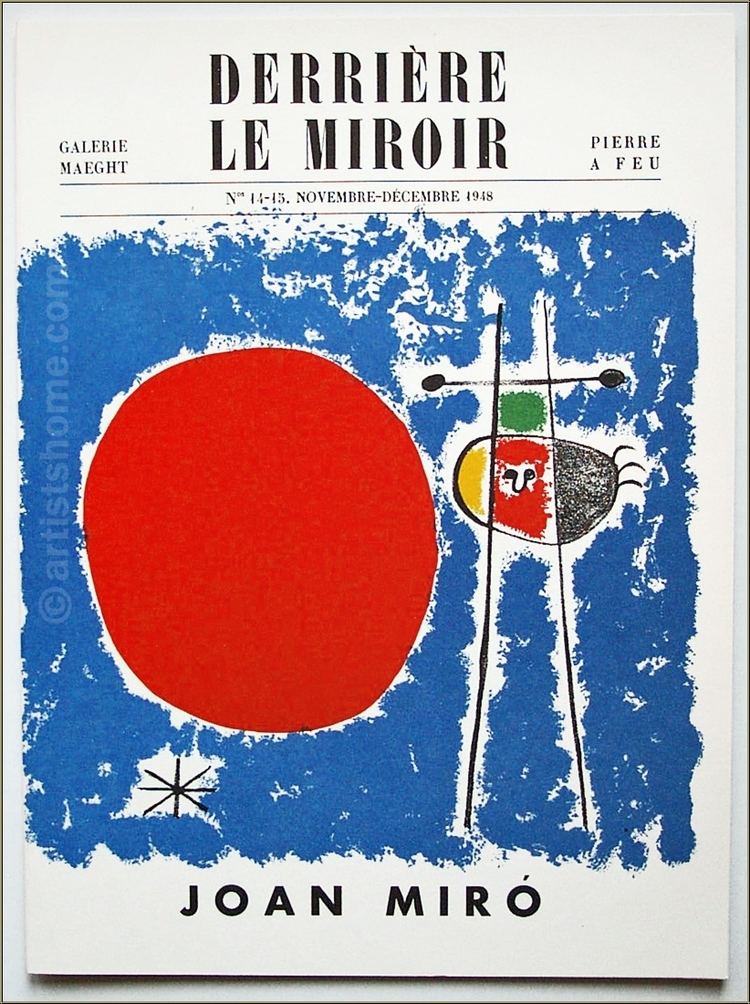
Following the death of Aimé Maeght in September 1981, the Derrière le Miroir n°250 was designed as a tribute to the work of Aimé Maeght and his wife Marguerite (who had died before him in 1977). This special 112-pages issue was named "Hommage à Aimé et Marguerite Maeght" and was intended to be the last one. As it summarises all contents of the previous issues, it was finalised only in August 1982. In the meantime, n° 251 to 253 (the very last number) were published respectively in February, May and June 1982.
Numbering system and identification
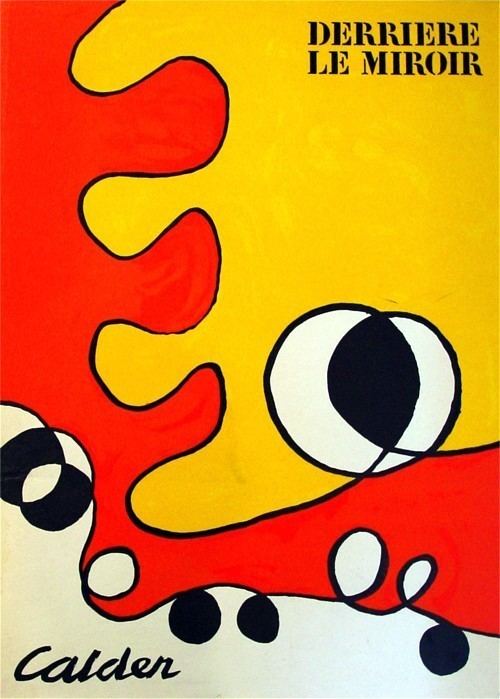
Although the issue numbers go from n°1 to n°253, only 200 issues were published. From the 200 issues, 157 were single issues, 33 are double-issue (n°11–12 Bram et Geer van Velde, n°14–15 Joan Miró,...) and 10 triple issues (n°36-37-38 Sur quatre murs, n°57-58-59 Miró,...)
For the issue identification:
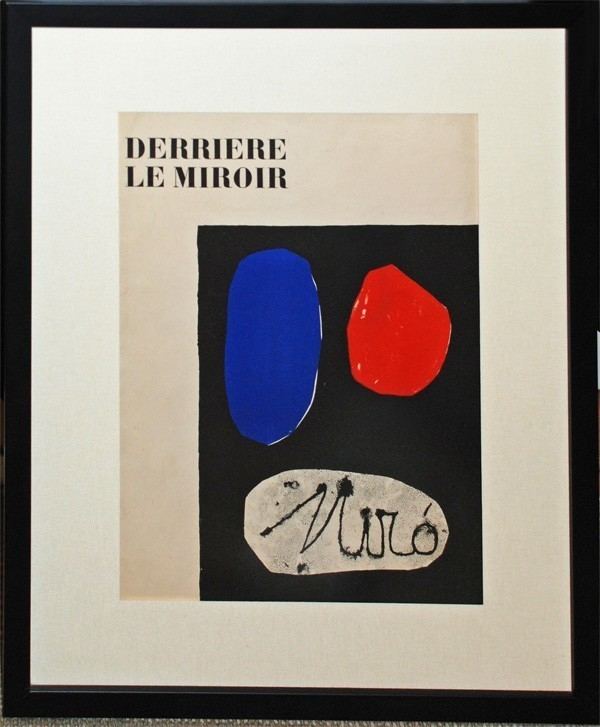
Year 1946–1947: n°1 → n°6
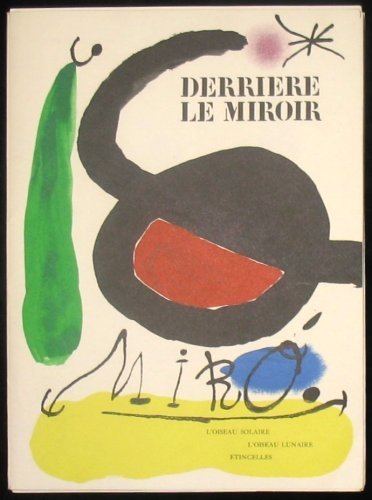
Year 1948: n°7 → n°14–15
Year 1949: n°16 → n°24
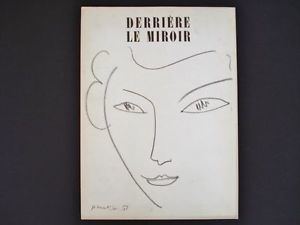
Year 1950: n°25–26 → n°34
Year 1951: n°35 → n°42
Year 1952: n°43 → n°51
Year 1953: n°52 → n°60–61
Year 1954: n°62–63 → n°71–72
Year 1955: n°73 → n°79-80-81
Year 1956: n°82-83-84 → n°92–93
Year 1957: n°94–95 → n°101-102-103
Year 1958: n°104 → n°111
Year 1959: n°112 → n°117
Year 1960: n°118 → n°121–122
Year 1961: n°123 → n°130
Year 1962: n°131 → n°135–136
Year 1963: n°137 → n°141
Year 1964: n°142 → n°149
Year 1965: n°150 → n°155
Year 1966: n°156 → n°162
Year 1967: n°163 → n°169
Year 1968: n°170 → n°175
Year 1969: n°176 → n°182
Year 1970: n°183 → n°189
Year 1971: n°190 → n°195
Year 1972: n°196 → n°200
Year 1973: n°201 → n°206
Year 1974: n°207 → n°211
Year 1975: n°212 → n°216
Year 1976: n°217 → n°221
Year 1977: n°222 → n°226
Year 1978: n°227 → n°231
Year 1979: n°232 → n°236
Year 1980: n°237 → n°242
Year 1981: n°243 → n°249
Year 1982: n°250 → n°253
|}
Deluxe editions
From the 200 issues, 98 were also published in a deluxe edition (in French: "éditions de tête") on heavy paper such as chiffon de la Dore, chiffon de Mandeure, vélin d'Arches, vélin de Lana ou vélin de Rives. The majority of the deluxe editions were signed by the artist on the justification page. The deluxe editions are normally limited to 150 numbered copies (and a few hors commerce), excepting for the following issues:
